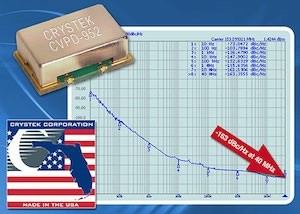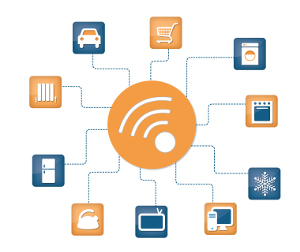 Discretes specialist Diodes of Texas is to buy Milton Keynes analogue and mixed signal company Pericom Semiconductor.
Discretes specialist Diodes of Texas is to buy Milton Keynes analogue and mixed signal company Pericom Semiconductor.
The price is said to be ‘about $400m’, including the company’s cash. The combined companies will have revenues of $1bn plus.
The price is about 40% more than the company’s market cap before the bid was made.
“The proposed acquisition of Pericom accelerates the attainment of Diodes’ goal of a $1bn annual revenue run rate with 35% gross margin, while being immediately accretive to earnings,” says Diodes CEO Keh-Shew Lu. “This transaction broadens Diodes’ analogue footprint and adds a strong mixed-signal connectivity offering that will drive expanded product content in target market applications. Also, Pericom’s extensive timing product lines complement Diodes’ standard product portfolio and broaden our analogue footprint.”
“Diodes’ size and scale provides an excellent platform for our products to gain access to a broader customer base and drive a higher level of growth than Pericom would be able to achieve as a standalone company,” said Pericom CEO Alex Hui.
The combined trailing 12-months reported revenue is about $1bn and gross profit is about $337m.
Diodes expects to fund the purchase price of the acquisition mainly by drawing down additional capital following a recent $200m increase to its existing credit facility.




